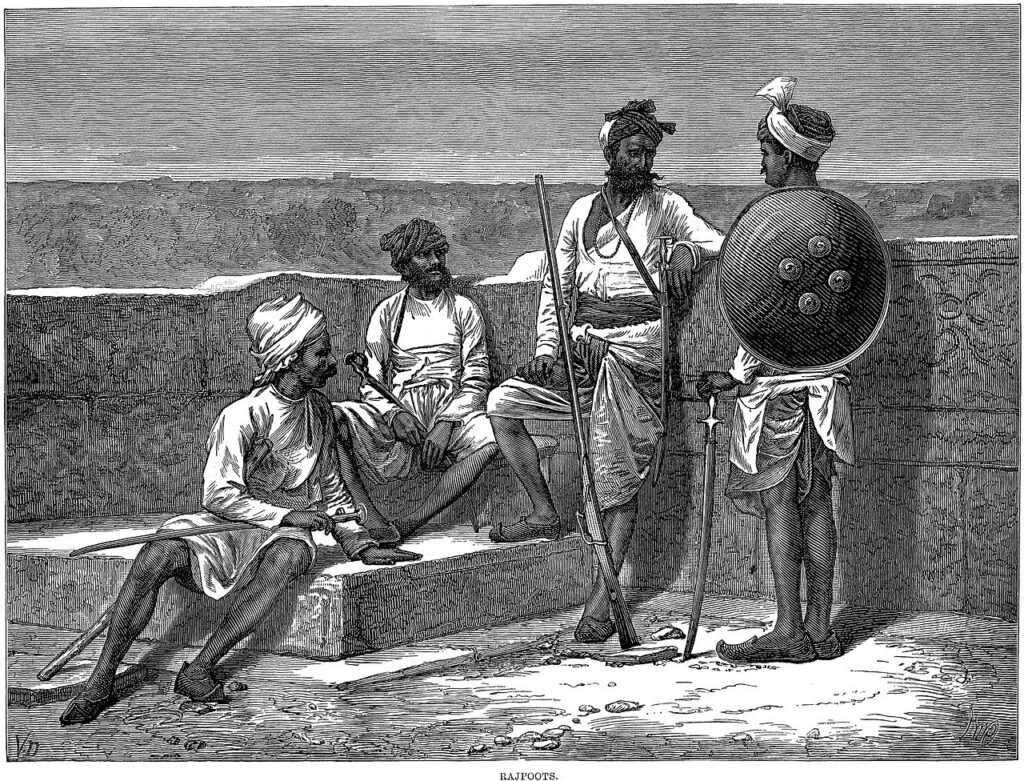
The Indian Varna system (caste system), which is often painted negatively and presented likewise even in school textbooks, is perhaps one of the most misinterpreted social hierarchies of the world. It is popularly accepted that the Indian caste system is at least 3000 years old, though an analysis of the Vedic literatures suggests that it is perhaps as old as Sanatana Dharma (Hinduism) itself. This article attempts to exhibit the system of Varna (class) and Ashrama (order) as it had been originally conceived and how it has gradually degenerated with time. The article also seeks to establish how the caste system is an integral part of any successful society and an indispensable tool to ensure its survival.
The essence of the Indian Varna system :
It is imperative to determine the ‘adhikara’ or the qualification of a person before he undertakes any action. This ‘adhikara’ can be classified into two – ‘qualification for a certain action’ and ‘the extent of such qualification’. Although a person can act, he might not be able to execute the action suitably to produce the desired results. Therefore, if the qualification of a person is not taken into consideration, it cannot be concluded decisively whether his actions will yield the expected results. Therefore, it is essential to accept a Guru or a spiritual master, someone who is experienced and capable of performing this much-required evaluation. It has to be recognized that accepting a Guru or a spiritual master is not a matter of formality or mere fashion, as is the case in modern times. Instead, one should perform a painstaking search to identify the most suitable person who can be his Guru. If such a Guru is not found in one’s town, then one should continue his search elsewhere. One should be very diligent and thorough in accepting one’s Guru. Holding the required qualifications is the fundamental requirement for any action. It is for the same reason that one’s eligibility is thoroughly reviewed in a job interview before his recruitment. Similarly, in the course of life, it is exceedingly important to evaluate one’s nature and inclinations (qualifications) to recognize his/her appropriate path.
Qualification or ‘adhikara’ can be inherent (intrinsic) or circumstantial. Life of an individual can be classified into three stages – the educational phase, the period of employment, and life after retirement. During the educational phase of life, a person studies books, associates with others, sees others working, and accepts others’ teachings. That nature that arises prominently during this period of life forms the intrinsic characteristics of an individual. A person associates with his family and receives their instructions. But, it is entirely possible that such a person may develop a nature that is quite contrary to his family members. That nature which is manifest after education and before one enters his/her working life is the intrinsic nature of a person.
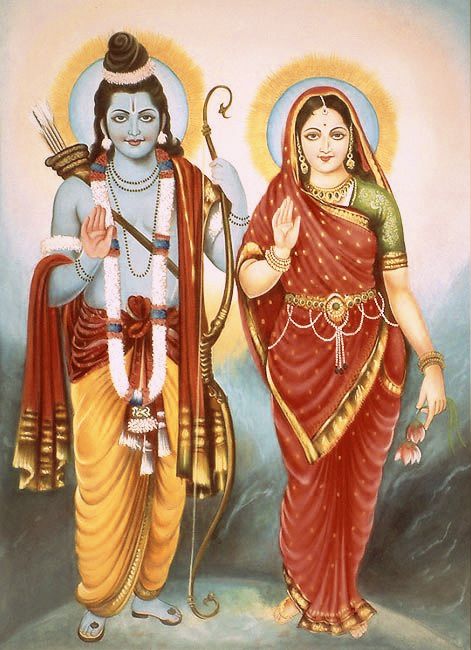
The Vedic scriptures that form the basis of Sanatana Dharma (Hinduism) broadly classify this intrinsic nature of an individual into four varnas (classes) – brahmana (priestly class), Kshatriya (warriors), Vaishya (mercantile class), and Shudra (those who are inclined to serve others). Those who are honest, inclined to cultivate knowledge, possess sense control, tolerance, purity, mercy, and who faithfully worship the Supreme Lord belong to the Brahmanical nature.
Those who possess courage, stamina, determination, agility, fearlessness in battle, a charitable inclination, the ability to protect others, and the ability to influence others are of a Kshatriya nature.
Those who are inclined to trading and agriculture have a Vaishya nature. And those who support themselves by serving others have a shudra nature.
However, those who do not distinguish between proper and improper actions, have no inclination for fairness, who are fond of quarrels, are selfish, greedy, and disregard the rules of marriage are regarded as ‘antyaja’ or outcasts.
The Indian Caste system or the Caste system professed by Sanatana Dharma (Hinduism) classifies the individuals into these four classes. According to the Vedic scriptures, the true standards of human life manifest only in these four castes (varnas) – brahmana, Kshatriya, Vaishya, and Shudra. A person manifests qualities as per his nature. This nature can be intrinsic or circumstantial, as has been discussed before. If one does not act according to his/her nature, one’s actions might not yield productive results. As it is hard to change one’s nature once it has matured, hence it is advised that one maintains his body and pursues his spiritual objectives in accordance with his nature.
Efficacy of the Indian Varna system (Caste system) :
The division of the society into castes ensures that an individual is ideally engaged as per his natural traits, all the work is effectively done, and it also benefits the society at large. Any society that is not properly organized into these divisions of brahmana, Kshatriya, Vaishya, and Shudra will eventually fall. The Indian civilization, although it is exceedingly old and has suffered from several foreign invasions, has survived with its original components and characteristics due to its prevalent caste system. On the contrary, the Roman and Greek civilizations were much more powerful than the modern European nations. However, not only have these civilizations collapsed in course of time, but these races have also become devoid of their former qualities. These people have become so transformed that they no longer take pride in their old glories. But this is not the case with India. The Varnasrama system or the division of the society into caste and order had remained strong in India and as a result, their ancient culture was preserved.
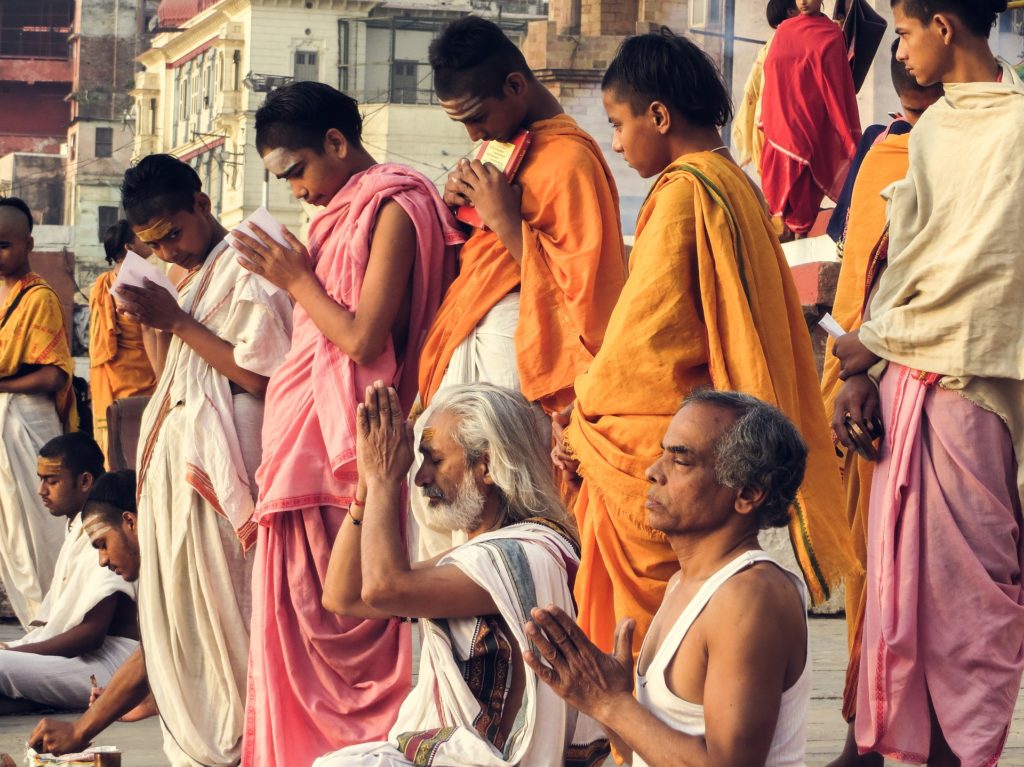
If we closely analyze the modern European or American societies, we would realize that their remarkable features are due to the implementation of the caste system in their societies. Those who are fond of trading prefer similar occupations. Those who have Kshatriya nature join the military. Those who are Shudra by nature prefer menial service. The European nations have incorporated some aspects of the caste system but have not established it systematically. The advancement of a civilization is directly proportional to the degree of systemization of the caste system.
Degradation of the Indian Varna system :
The Varnasrama system (division of the society into class and order) in India has declined with time and this is one of the primary reasons for the troubles and degeneration of this country. India could have otherwise taken a leadership role in guiding modern human civilization. Previously, the people were divided into castes according to their individual nature and qualifications. The caste system would ensure that civilization runs smoothly. There are several instances in the Vedic scriptures that establish the fact that caste was previously determined by evaluating one’s nature and not just his/her lineage. In the Kshatriya (princely) dynasty of Narisyanta, the great sage Jatukarna was born who started a famous brahmana lineage called Agnivesyayana. In the Aila Kshatriya dynasty, Jahnu the son of Hotraka, became a brahmana. From king Vitatha of Bharadvaja’s dynasty came Nara and Garga, who were brahmanas and whose sons, in turn, were Kshatriyas. From King Bharmyasva’s Kshatriya line were born Satananda of the Moudgalya gotra and Kripacharya. There are innumerable such examples. The systematic implementation of the caste system was instrumental in expanding the glories of Bharata. Egypt, China, and other nations used to seek guidance from the people of India with great reverence.
In Chaitanya Sikshamrita, it has been asserted how the scientific and proper implementation of the caste system continued to be practiced in India for a long time, until Jamadagni and his son Parasurama claimed to be brahmanas, although both of them possessed a Kshatriya mentality. By following a caste as opposed to their own nature, they created animosity between the two classes (brahmana and Kshatriya). Subsequently, the practice of judging one’s caste solely based upon one’s birth became firmly established.
As birth and lineage became the only determining factor of one’s caste, conflict and exploitation became rampant in society. Those with no Brahmanical qualities but brahmanas only in name, introduced scriptures harboring selfish interests in their heart, thus cheating the other classes. Likewise, Kshatriyas, crowned as kings and possessing no Kshatriya qualities, were subsequently defeated in battles. Those without Vaishya nature became merchants and this greatly weakened the mercantile community. Similarly, laborers without the Shudra mentality and without the skills to perform a required task turned into thieves and dacoits. Being devoid of scriptural guidance, the country suffered from foreign invasions. The present pathetic state of India, once the guru of the whole world, is not due to its old age but due to the corruption of its ideal caste system.
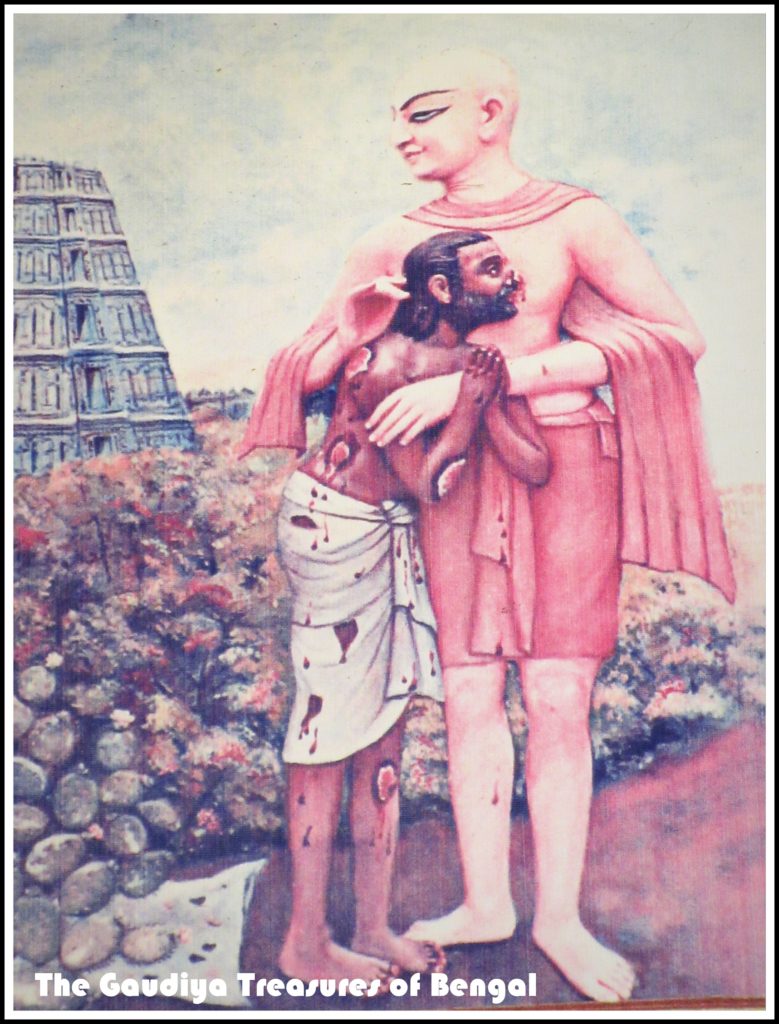
The fallacy of birth determining caste : Who is a brahmana?
As previously discussed, there are four castes according to the Vedas – Brahmana, Kshatriya, Vaishya, and Shudra. The brahmanas or the priestly class are considered to be the most esteemed, followed by the Kshatriyas, Vaishyas, and the Shudras. This is confirmed in both the srutis and the smritis. Now the question arises as to who is a brahmana? The living entity, the body, the caste, the knowledge, religiosity – of these which is the brahmana?
If one argues that the living entity is the brahmana, then it must be noted that as per the Vedic scriptures, the living entity is a spirit soul that transmigrates from one body to the other. Sometimes it occupies the body of a brahmana, sometimes that of a Kshatriya, sometimes shudra, or at times even the body of other animals. The soul is part and parcel of the Lord and its transmigration occurs depending on the Karma (pious or impious credits) accumulated by the individual. So the living entity can definitely not be the brahmana.
If it is argued that the body is the brahmana, then it needs to be understood that the bodies of all living entities, starting from the body of a so-called brahmana down to that of a ‘chandala’ or a barbarian, are made of the same five gross elements (earth, water, fire, ether, and wind). Birth, Death, and diseases equally affect all bodies. Furthermore, there is no law that brahmanas are white, the Kshatriyas are red, the vaishyas are yellow, etc. So there cannot be any distinction of caste based upon one’s body. Additionally, when the son of a brahmana lights the funeral pyre of his dead father, he does not sin killing a brahmana. Hence the body is definitely not the brahmana.
So is one’s lineage the brahmana? This also cannot be true as several great sages have been born of other living entities. Rsysringa was born from a deer, Kaushika muni was born of Kusa grass, Jambuka was born of a jackal, Valmiki was born from an anthill, Srila Vyasadeva was borne by a fisherman’s daughter, Gautama was born from the back of a rabbit, Vasistha muni was born from Urvasi and sage Agastya was born from a pitcher. Therefore, lineage is definitely not the brahmana.
Is knowledge then the ‘brahmana’? No this is not the case either as there have been great personalities in the past who were Kshatriyas or belonging to other castes possessing vast knowledge on Absolute truth. Yudhisthira Maharaja was very learned and so was grandsire Bhishma. Both of these great gentlemen were Kshatriyas. Similarly, religiosity is also not the determining factor as there are innumerable references of kings donating Gold in charity to others.
Who then is a brahmana? This question has been very nicely answered by Yudhisthira Maharaja and it is recorded in the Vana Parva of Mahabharata. The snake asked, ‘O Maharaja Yudhisthira, who is a brahmana and what is the object of knowledge? You are very intelligent, therefore I will be enlightened by your answer’. Maharaja Yudhisthira replied, ‘A person who possesses truthfulness, charity, forgiveness, sobriety, gentleness, austerity, and lack of hatred – Such a person is a brahmana’. The snake then enquired – ‘But, even Shudras possess these qualities. Many of them possess truthfulness, charity, freedom from anger, nonviolence, non-enviousness, and lack of hatred’. Maharaja Yudhisthira then clarified, ’If such symptoms are found in a shudra then he should never be considered to be a Shudra, just as a brahmana is not a brahmana if he does not possess these qualities. O snake! only a person who is endowed with the characteristics of a brahmana can be called a brahmana, otherwise he is simply a Shudra’.
Elsewhere the Brahma Sutras reveal –
tad abhava nirdharane ca pravrtteh
–
Whether a person belongs to a varna other than that of his birth may be ascertained by considering his qualities.
The Shanti parva of Mahabharata narrates a similar pastime in which Bharadwaja muni had a similar doubt and he clarified the same with Bhrigu Maharaja. He asked that since there were innumerable categories of animate and inanimate living entities – how can one possibly determine their castes?
Bhrigu Maharaja replied that there was not much difference between the various castes. When Lord Brahma initially created this universe, all the living entities were endowed with godly qualities and they were all brahmanas. Later on, as people became degraded, they attained the designations of different varnas (castes). He went on to explain that when the brahmanas commit violence, speak lies, become greedy, earn their livelihood by any and all activities, lose their purity by committing sinful activities, then they become degraded into shudras. Hence, it is the qualities, and not one’s birth and lineage, that determines whether a person is a brahmana. One who realizes the self, is always satisfied, devoid of faults like lust and anger, possesses qualities like peacefulness, self control, and is devoid of envy, thirst for material enjoyment, illusion and is untouched by pride, false ego and so on – such a person is a brahmana.
Innumerable incidents illustrating this fact are known to those who are well aware of Indian history. For example, Gadhi was the son of Kusika and belonged to the Chandra (moon) dynasty. He was the king of Kanyakubja. His son, Visvamitra, advanced to become a brahmana, a great Brahma rishi, by the strength of his austerities. Even the great king Bali Maharaja, bore sons, some of who became brahmanas and some of who became Kshatriyas. His brahmana sons came to be known as Baleya brahmanas, whereas his Kshatriya sons came to be known as Baleya Kshatriyas.
Towards the perfect society – Incorporating the Varna system :
The Brahmanas represent the Lord’s mouth, the Kshatriyas His arms, the Vaisyas His abdomen (belly, waist, thighs), and the Shudras are born of His legs. This has been confirmed in the Srimad Bhagavatam. Thus the implementation of the caste system is an arrangement by the Lord.
sri-camasa uvacha
Mukha-bahuru-padebhyah
purusasyasramaih saha
catvaro jajnire varna
gunair vipradayah prithak
(Srimad Bhagavatam , 11.5.2)
However, on a spiritual plane, all living entities are part and parcels of the Supreme Lord. The purpose of the caste system is to engage individuals, as per their nature and qualities, in the service of the Lord. Such a system is auspicious for the individual and helps elevate his consciousness. It is also beneficial for society at large. A particular individual is qualified for engaging in actions per his caste. A brahmana is qualified to bathing three times a day, deity worship, reciting the Vedas, teaching, serving as a priest, taking vows, leading the life of a brahmachari (celibate) or a sannyasi (renunciant). A Kshatriya is qualified for fighting righteous wars, ruling a kingdom, protecting others, participating in works of charity, and social relief. A Vaishya is qualified for raising and protecting animals, agriculture, and commerce. A shudra is qualified to serve the deity without mantras and serving the other three castes.
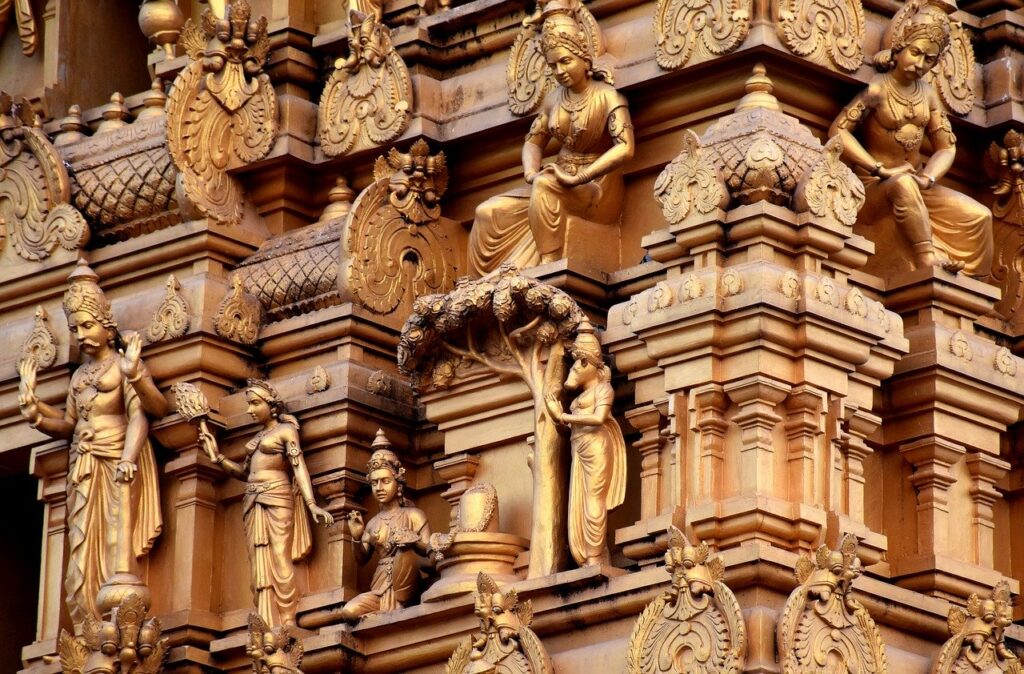
A person should perform the work and follow the rules that are most becoming of his nature (caste). By honest judgment, a person can ascertain the work and lifestyle suitable to himself. If a person cannot determine his traits, a competent authority must be consulted. The caste system that is prevalent in our society today is a perverted reflection of what it once used to be. Unless the society is systematically reorganized into appropriate castes, there is little chance of India regaining its lost glory. By desire of the Supreme Lord, the controller of all living beings, and the propounder of all rules and regulations, may there arise the perfect Caste system in India once again.
Watch Video:
Sources :
- Chaitanya Sikshamrita – Bhaktivinoda Thakura
- Brahmana and Vaishnava – Bhaktisiddhanta Saraswati Thakura